Major Announcement! Dynamine has achieved GRAS Status with the FDA with several new safety studies! Read more in our Dynamine GRAS announcement to understand the importance of this decision.
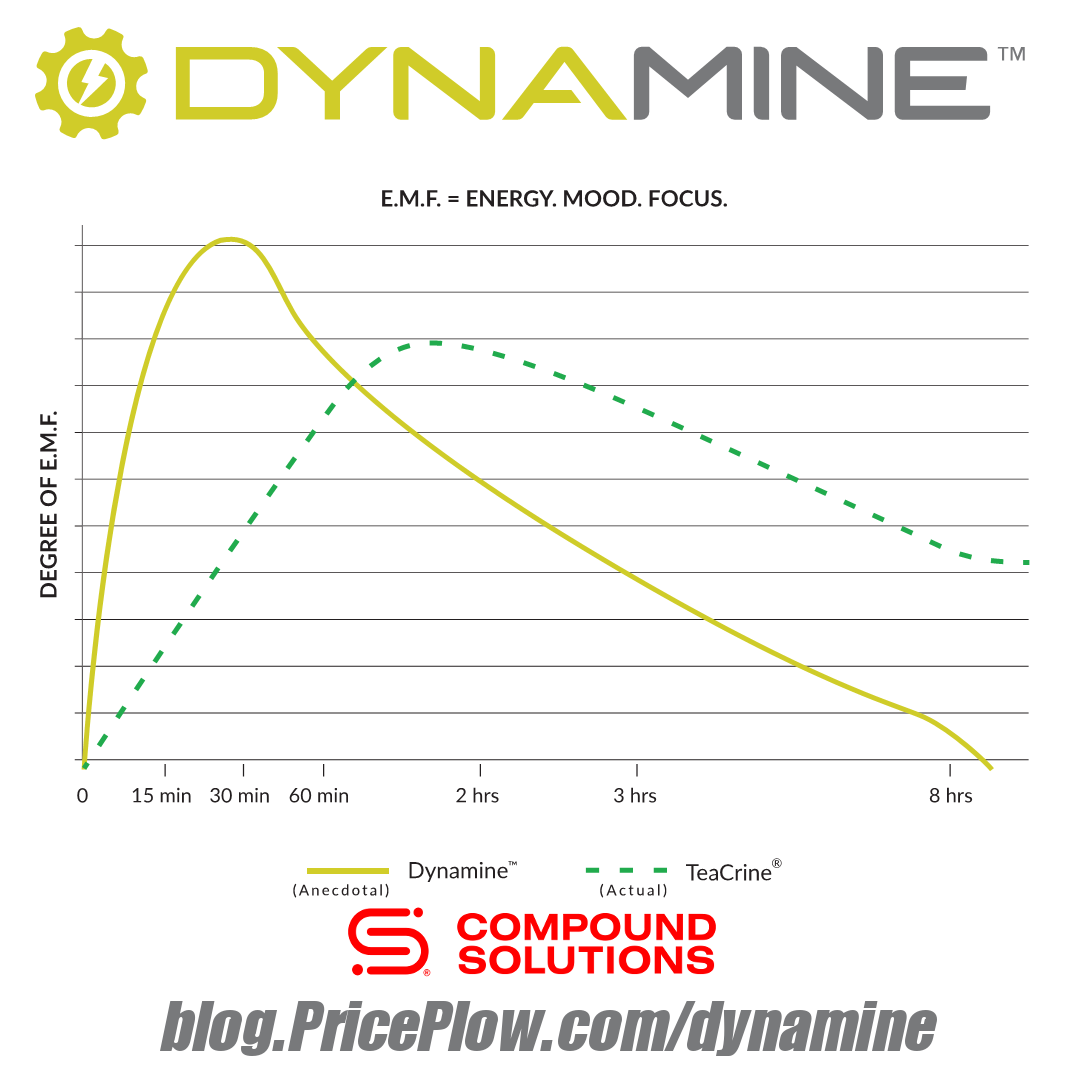
Dynamine (methylliberine) is a caffeine derivative developed by Compound Solutions that’s touted to be a faster-acting theacrine (TeaCrine).
Compound Solutions is regarded as one of the premier companies on the market, known for innovation, effectiveness, and a commitment to scientific research. Chances are, you’ve probably used several of their patented compounds before, yet never even realized it. The brand is responsible for PeakO2, Carb10, and another long-lasting “neuroactivator” you’ve come to know recently in TeaCrine.
While TeaCrine has exploded in popularity the past year and a half or so, they’ve been hard at work on the next great neuroactivator or stim companion - timed especially well given the turmoil that other workout stimulants have had with the FDA. This is one that we think will be in the running for the 2018 neuroactive stimulant of the year.
That new neuroactivating ingredient is Dynamine, and we’ve got all the information you’ve been looking for on this next-gen stim.
What is Dynamine?
Dynamine is a faster-acting, harder-hitting version of TeaCrine (also made by Compound Solutions), that makes it more geared for pre workouts, gaming supplements, or even energy drinks while TeaCrine is best suited to nootropic-heavy formulas.
If you want to know what Dynamine specifically is, then strap on your chemistry lab coats, because it’s about to get a little heavy.
Dynamine is really methylliberine, a derivative of caffeine and relative of theacrine. It, as well as theacrine, are classified as methylurates, which are different from methylxanthines such as caffeine, theobromine, etc. We’ll get into what those differences are a little bit further down, but for know, the small differences in structure make for some BIG changes in how they affect your body.
Dynamine’s official molecular formula is 2-methoxy-1,7,9 Tetramethyluric acid, while TeaCrine’s formula is 1,3,7,9 Tetramethyluric acid. Basically, what occurs in nature is that a methyl group on the “3-position” of the theacrine molecule is popped off the ring and transferred onto one of the oxygens (2-oxo) on the pyrimidine ring. Hence, that now becomes a “methoxy” group, which tend to be more favorable for lipid solubility.
This also makes it less hydrophilic, which is good for us because less hydrophilic molecules cross membranes (like the blood-brain barrier) more readily. This methoxy group may also alter the way Dynamine interacts with receptors and enzymes in your brain, too.
Sources of Dynamine: Constituency in Nature
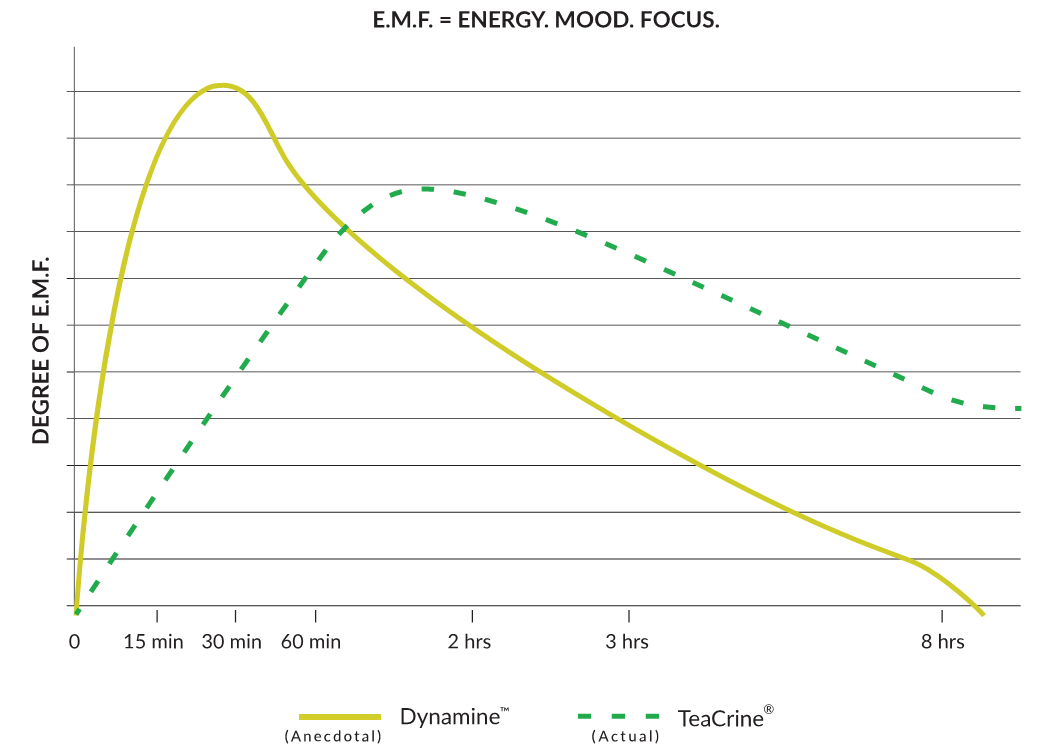
According to anecdotal reports the onset of Dynamine's energy, mood, and focus is significantly faster than that of TeaCrine. Image courtesy Compound Solutions.
Dynamine is naturally occurring in the same botanical sources as theacrine, theobromine, theophylline, xanthine, caffeine, paraxanthine, all purine alkaloids. That botanical source containing all of these wondrous compounds is Coffee robusta. This is not to be confused with the coffee arabica, the type of coffee bean most of the world consumes on a daily basis. Note that Dynamine (and theacrine) are found in arabica, but not to the same quantities as they are in the robusta species.
Dynamine is is found in kucha (Camellia assamica var. Kucha), and minor quantities in cocoa and yerba mate as well as Cupuaçu (pronounced. Koo-poo-ah-soo), but NOT Camellia sinensis (black or green tea), like many other compounds are.
For those of you not familiar with Cupuaçu (Theobroma grandiflorum) is a cacao-like tree indigenous to the Amazon basin of Brazil, Peru, Bolivia and Colombia. The fruit looks like cocoapods and has a white pulp where these alkaloids are present in reliable concentrations.
The clear case for compliance
All of these sources are an important step in DSHEA legal compliance, as there are no arguments over basis in nature, as Dynamine is clearly a "constituent" of several "botanicals", words whose definitions are still being argued with other stimulants. As we'll see later on, Compound Solutions is pushing for GRAS status (generally recognized as safe) with Dynamine, and is funding quite a bit of research to make sure it is indeed safe.
How Does Dynamine Work?
Do a search for methylliberine and you’ll quickly realize there’s next to no studies done directly on the compound. The scant resources you will find will be discussing the breakdown of caffeine or the bioactive compounds of coffee.[1,2,3] Interestingly enough, The main umbrella IP [covering TeaCrine (theacrine) and Dynamine (methylliberine)] is actually the result of co-inventors, Tim Ziegenfuss, PhD, FISSN Shawn Wells, MPH, RD, FISSN and Hector L. Lopez, M.D., CSCS, FAAPMR, FISSN, stemming from their early work with first-in-human studies at their research center with all these "methylurates" way back to 2010-2011. Dynamine and TeaCrine are trademarks and protected by multiple international patents pending claiming priority to Serial No. 61/903,362 and U.S. Patent 9,468,645; under exclusive global distribution by Compound Solutions, Inc.
Enter Compound Solutions
It wasn’t until we recently chatted with Compound Solutions CEO Matt Titlow and Hector L. Lopez, M.D., CSCS, FAAPMR, FISSN that we really learned what the compound is and how it works in the body. The duo have pioneered the path for Dynamine (and TeaCrine) and were kind enough to bring us into the fold on how this fascinating compound actually works.
Methylurates [TeaCrine (theacrine) and Dynamine (methylliberine)] are amongst an extremely rare class of bioactive ingredients that are strictly neuro-activating yet don’t affect heart rate, blood pressure, or vasoconstriction (pressor response). In other words, Dynamine (and TeaCrine) stimulate the CNS, while not affecting cardiovascular system.
Because of this, these compounds exert less of an impact on your adrenals than caffeine and other stims. Along with the reduced adrenal load, you’ll also experience a diminished increase in cortisol, noradrenaline, etc with Dynamine and TeaCrine.
Compound Solutions has theorized that the reason they’re seeing different actions and pharmacodynamics with Dynamine (fast, rapid-acting, high-impacting), relative to that of theacrine, is due to its slightly different structure. By playing “musical chairs with the methyl group”, this different chair enables the Dynamine molecule to cross the blood-brain barrier (BBB) much faster for greater acute effects, and possibly more potent activation of dopamine receptors and downstream signaling for other neurotransmitters (norepinephrine, serotonin and GABA).

Dynamine is similar to Theacrine, but the shifting of the methyl group makes a major difference in its ability to cross the blood-brain barrier
They also hypothesize that it is allosterically modulating adenosine receptors (gentle inhibition) in a similar fashion to TeaCrine. Allosteric inhibition is akin to fitting a “key” (Dynamine) indirectly onto a distant site of the "lock" (adenosine receptor) away from the main receptor pocket. Caffeine on the other hand directly blocks the entire “lock” by fitting into the main receptor site in an orthosteric fashion. As a result, the mild allosteric inhibition is likely responsible for the lack of habituation or tachyphylaxis observed with methylurates like TeaCrine and Dynamine.
First human work is revealing that the onset of efficacy (EMF = energy, motivation, focus) is more dynamic. Onset of action hits about 10-15 minutes, and peaks 45-60 minutes, then tails off around 2.5-3 hour mark
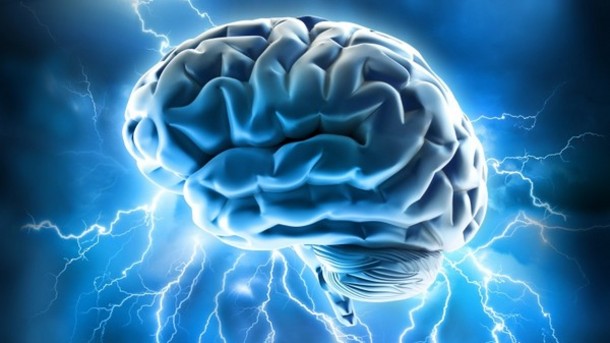
Compound Solutions is looking to make a superior "neuroactivator" in Dynamine. One that provides a robust "cognitive tickle".
In other words, what consumers were expecting,and thinking, theacrine was going to do (and be), is more closely aligned with what you should get from Dynamine relative to the rapid-onset, high-impact experience.
Dynamine essentially offers a “cognitive tickle” that makes it feel like a typical “caffeine kick”, but it’s not actually doing so from a cardiovascular or adrenal standpoint. Methyluric acids (i.e. methylurates) are different than methylxanthines (caffeine, paraxanthine, xanthine) -- the slight difference (one oxygen group difference between methylxanthine and methylurate) affects whether it impacts the aforementioned cardiovascular parameters.
This also means that Dynamine and TeaCrine should NOT impact sleep. This has been observed in preliminary studies when the compounds were taken late at night, while measuring PSQI (Pittsburgh Sleep Quality Index).
Dosing
Compound Solutions has stated that the “sweet spot” for Dynamine dosing falls in the 100-200mg range. Trials are currently underway to determine “ideal” dosing based on using it solo as well as in combination with all sorts of other CNS-energizing compounds (more on that below!)
Safety
Compound Solutions is currently running genotoxicity studies, chromosomal aberration, and mutagenicity studies that all look promising, according to reports from the company. They’re also doing a number of other studies in rats (LD50 study), dose-range finding study (14 day study... a solid time period for rats), and a much longer classic toxicology study to provide a NOAEL (no adverse effect level) as critical information to determine the GRAS dose and meet the “reasonable certainty of causing no harm under conditions of intended use” criteria.
Additionally, three human clinical studies are underway concurrent with the comprehensive toxicity rat studies. Compound Solutions is looking to obtain a GRAS dose in bona-fide FDA “Final Rule” manner following OECD/GLP guidelines... this is a higher safety standard than even an NDI!
Stacking Dynamine
-
Caffeine + Dynamine
We’ve said it before, caffeine simply makes everything better (except possibly, sleep). With that in mind, Dynamine stacks fantastically well with caffeine. Anywhere in the 200-300mg for caffeine and 100-200mg of Dynamine suits us perfectly and further heightens the “EMF” effect you get from the new cognitive booster.
-
Caffeine + TeaCrine + Dynamine
For the ultimate combo of immediate and long-lasting energy, mood, and focus, stack caffeine, TeaCrine, and Dynamine.
This combo is simply magical. It really gives you the best of all worlds. You get immediate energy, focus, and alertness from the combo of caffeine + Dynamine. Then when you add TeaCrine into the mix, you’ve got a recipe for entering a “flow” state.
According to early reports from alpha and beta testers (including Team PricePlow), as well as those in prelimary studies, stacking caffeine + Dynamine + TeaCrine == fantastic! It seems to provide a "full spectrum flow state" all day long!
-
Synergistic Nootropics
When combined with other synergistic ingredients (tyrosine, cholinergics, caffeine, Rhodiola, Bacopa, Lion’s mane (Hericium erinaceus), other CNS activating ingredients), then you can get away with a lower dose, most likely in the 50-100mg range.
Supplements Using Dynamine
We keep a list of all blog posts, articles, and product analyses using Dynamine in the list in our Dynamine Articles section at the bottom of this post.
Below are the latest five:
The 5 Most Recent PricePlow blog posts mentioning Dynamine:
Our Dynamine Review: Stack with Caffeine!
Check out our Dynamine Review -- it's incredible as something "extra" on top of caffeine that we thoroughly enjoy - especially at the right dose! It's faster-acting like Theacrine, but doesn't blast you out of the water.
It also has more "feel" to it than theacrine:
After additional use, the outlook is very promising. In all honesty, this is really what we had hoped Theacrine would have been. You feel it faster and that's typically what users want.
We're finding that this is a perfect add-on to caffeine, especially for users whose coffee "just isn't getting the job done anymore" but don't want to go into anything too overly aggressive.
Stay tuned to the PricePlow YouTube Channel because we'll be sure to post additional thoughts and review the supplements above that have the neuroactivator inside.
Will Dynamine Take 2018 by Storm?
TeaCrine was a breakthrough ingredient for long-lasting, clean energy when it debuted. But for the average pre-workout fiend who trains in 60 minutes or less, they never really got the energy and focus boosting benefits of the ingredient during their actual training session as they would have hoped.
That’s where Dynamine enters. It offers the same end effects, but delivers them much more rapidly, making it perfect for application in pre workouts.
Keep your eyes peeled for the slew of new supplements that will utilize the stimulant and for any results of the soon-to-be published research studies on this groundbreaking compound.
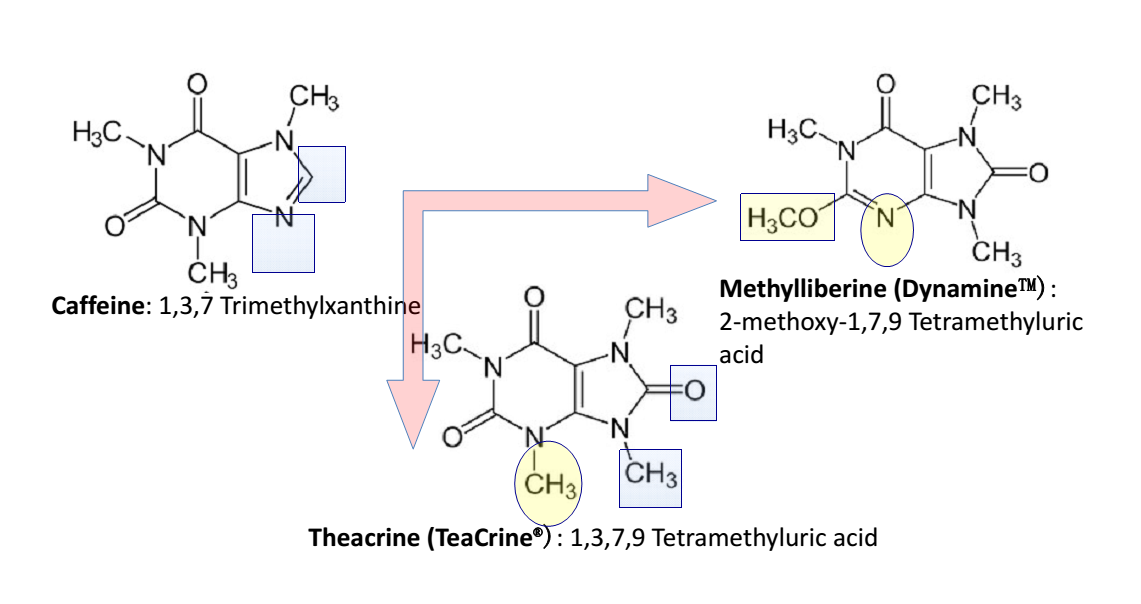


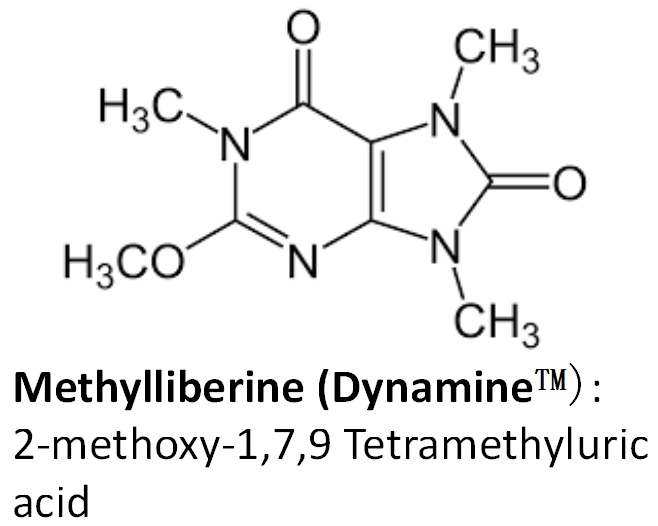


Comments and Discussion (Powered by the PricePlow Forum)